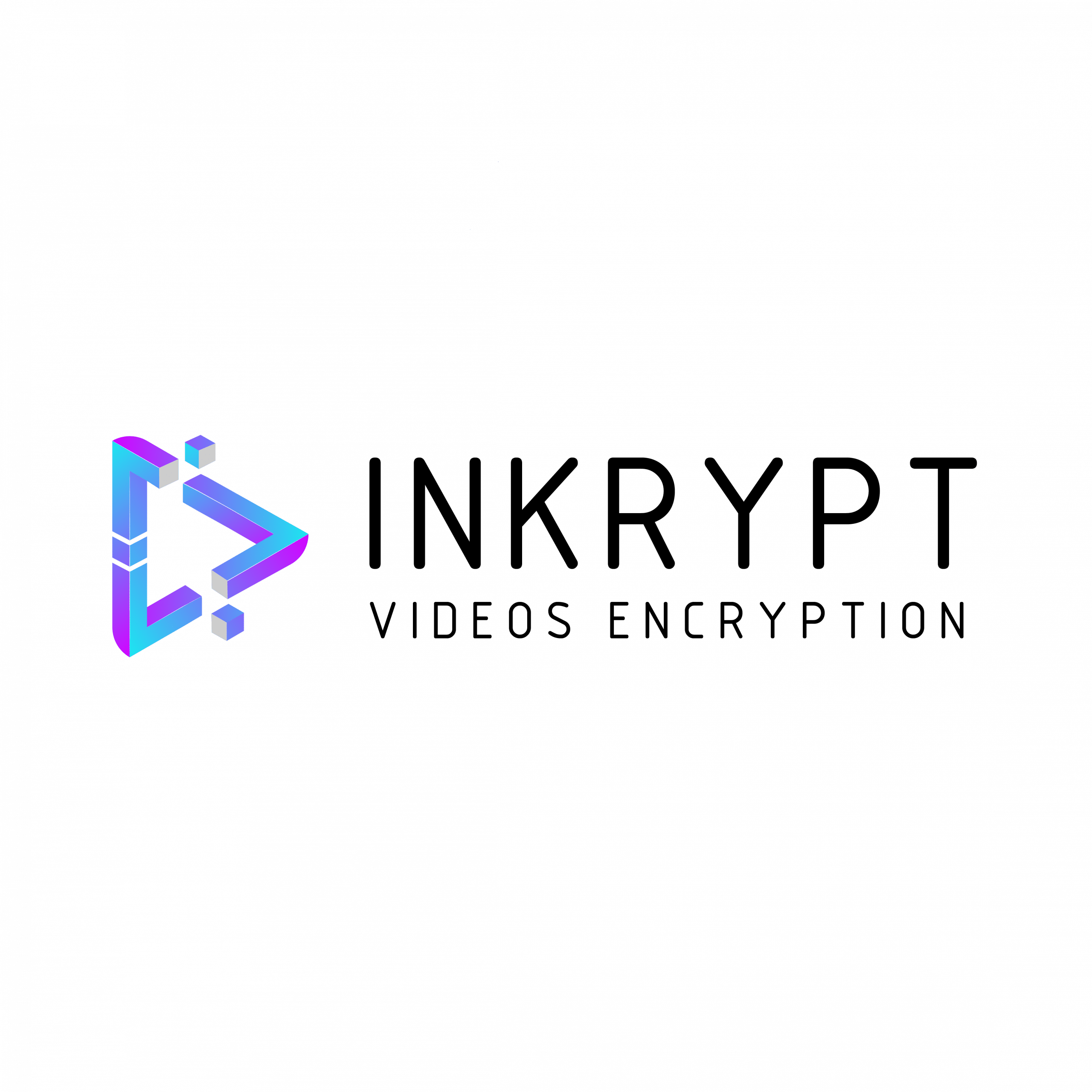Table of Contents
ToggleProtecting your digital content is no longer optional—do you know your rights? Learn how to safeguard social media creations with smart copyright and trademark strategies that defend your brand and assets.
Key Takeaways: Protecting Your Digital Content & Brand Identity in 2025
Reposting Isn’t Free Use: Sharing or reusing social media content without credit or permission violates copyright laws—even if it’s a meme or viral tweet.
You Own Your Content—Platforms Don’t: Posting on Instagram, TikTok, or YouTube grants them limited use rights, but ownership remains yours.
Use Copyright & Trademarks Strategically: Copyright protects creative works (photos, videos, writings), while trademarks defend brand identifiers (logos, hashtags, names).
Boost Protection with Formal Registration: Official copyright/trademark filings give you stronger legal standing, enable lawsuits, and open monetization paths.
Make Infringement Harder: Add visible copyright notices, use watermarks on images, and monitor for unauthorized use with reverse image and plagiarism tools.
Prepare a Response Plan: Set up regular content audits, keep records of your creations, and be ready to issue cease-and-desist letters if needed.
Think Beyond the U.S.: IP laws are jurisdiction-specific—secure protection in all key markets where your brand or content appears.
Intellectual Property Protection for Social Media Creators
Social media artists and influencers can safeguard their work through two key IP tools: trademarks and copyrights.
Trademarks protect brand assets:
Domain names
Logos and branding
Unique hashtags
Recognizable nicknames
Copyrights cover original content:
Videos and photos
Written posts/text
Artwork and designs
Audio recordings
Images/visuals
Dance choreography
Slogans and phrases
Why these protections matter:
Copyright prevents unauthorized use of your creative work
Trademarks block deceptive brand imitation
Together they build a unique brand identity
They enable content monetization opportunities
Essential Digital Content Protection Strategies
The internet revolution transformed content risks: while copying once threatened mainly creators, now every online business faces heightened exposure to content theft.
Key realities:
Digital content faces accidental/intentional copying daily
Complete protection is impossible
Proactive measures reduce infringement impact
Copyright Protection Essentials
Copyright safeguards creators’ original works as core intellectual property (IP). Key benefits:
Establishes legal proof of ownership
Strengthens infringement cases
Visible through © or “All Rights Reserved” notices
Watermark Security for Images
Protect unique website images from unauthorized use with watermarks:
Transparent brand/logo identifiers embedded in visuals
Maintain ownership recognition when copied
Deter misuse through visible attribution
Trademark Protection for Brand Assets
Secure vulnerable brand elements from copycats:
Names & logos – Prime targets for counterfeiters
Taglines & slogans – Often overlooked but protectable
Provides legal recourse against infringement
Your Intellectual Property Protection Roadmap
Protecting your digital assets demands proactive planning. Start by asking:
Do you have a clear IP protection strategy?
Have you established content monitoring triggers?
Who handles infringement detection?
Implementation options:
Self-managed approach for hands-on control
Specialized IP professionals for comprehensive protection
(Both free you to focus on business growth)
Why prioritize protection?
After investing in content creation, leaving it vulnerable to risks:
Unauthorized content theft
Costly legal disputes
Diminished competitive advantage
Digital Content Protection: Legal Essentials for Creators
Your original content—photos, videos, music, and writings—is valuable intellectual property (IP) requiring proactive protection. Master these core legal safeguards:
Copyright Fundamentals
Automatic protection for tangible original works
It covers Instagram posts, YouTube videos, blogs, etc.
Grants exclusive rights to:
Reproduce your content
Distribute your work
Publicly display creations
Trademark Protections
Secures brand identifiers including:
Distinctive logos
Unique hashtags
Recognizable nicknames
Establishes marketplace differentiation
Platform Terms Decoded
Ownership remains with you
Your core IP rights are never transferred
Advanced Copyright Protection for Influencers
Move beyond automatic copyright with these strategic enhancements:
Why Formal Registration Matters
Creates public ownership record (U.S. Copyright Office or equivalent)
Unlocks statutory damages in lawsuits
Enables attorney fee recovery
Essential for high-value infringement cases
Proactive Protection Tactics
Visible Notices:
Display © + YourName + Year prominently
Deters theft and asserts ownership
Content Monitoring:
Reverse image search (Google Images, TinEye)
Automated plagiarism checkers
Enforcement Protocol:
Start with cease-and-desist letters
Escalate to legal counsel for persistent violations
Implementation Checklist
Register high-value content (videos/photo series/writings)
Add copyright notices to all platforms
Conduct monthly content audits
Maintain infringement evidence archive
Trademark Protection for Influencers: Securing Your Brand Identity
Your brand extends beyond content—it’s your unique identity. Trademarks safeguard these critical assets:
Protectable Brand Elements
Distinctive logos and visual marks
Brand names and professional nicknames
Signature hashtags (#YourBrand)
Memorable taglines and slogans
Strategic Benefits of Trademarks
Blocks confusingly similar competitor marks
Provides legal weaponry against impersonators
Enables brand monetization through:
Licensing agreements
Partnership opportunities
Merchandising expansion
Trademark Acquisition Process
Comprehensive Search: Verify mark uniqueness
Official Filing: Submit through USPTO or national office
Active Maintenance:
Renew registrations timely
Monitor and enforce against infringements
Critical Avoidance Areas
- Generic Terms: Avoid trademarking descriptive/common words
- Enforcement Neglect: Inaction weakens legal protection
- Geographic Gaps: Remember country-specific protections
Protecting your digital content isn’t just smart—it’s essential. With the right mix of copyright and trademark strategies, you can secure your work, defend your brand, and open doors to new opportunities.
Ready to take control of your creations?
Start by registering your key content, adding clear copyright notices, and consulting with IP professionals to safeguard what you’ve built. Don’t wait until infringement happens
—protect your brand today.
FAQs
Register copyrights for your original work.
Use visible watermarks on images and videos.
Monitor unauthorized use with reverse image search tools.
Enforce rights through DMCA takedown notices or legal counsel.
Original content fixed in a digital form is automatically copyrighted.
Add a © notice to clarify ownership.
Registering your work strengthens legal protection but is not required.
Trademark your logos, unique hashtags, and brand names early.
This prevents others from copying or impersonating your brand.
Start before your brand gains significant recognition.
Visible watermarks deter theft by showing ownership.
Forensic (invisible) watermarks help prove ownership legally.
Use both for layered protection on photos and videos.
Document the infringement with screenshots and URLs.
File a DMCA takedown notice with the hosting platform.
Consider sending a cease and desist letter.
Consult an IP attorney if the issue persists.
Platforms grant limited rights to use your content but don’t own it.
Knowing these terms helps you enforce your rights and avoid violations.
Yes, TikTok videos are automatically copyrighted as original works fixed in digital form, giving you exclusive rights to control their use.
Use reverse image search tools like Google Images or TinEye.
Set up Google Alerts for your brand or content keywords.
Use specialized content protection services for real-time monitoring.
A DMCA takedown notice is a legal request to remove infringing content from a website or platform. Platforms must act quickly to comply and remove the content.
Copyrights protect your creative work like videos and photos, while trademarks protect brand elements like logos and names that identify your business.
Watermarks deter casual theft and maintain attribution, but combining them with legal protections and monitoring is essential for full content security.
You can send cease and desist letters, file DMCA claims, and if needed, pursue legal action with an intellectual property attorney to enforce your rights.
Accordion Content



